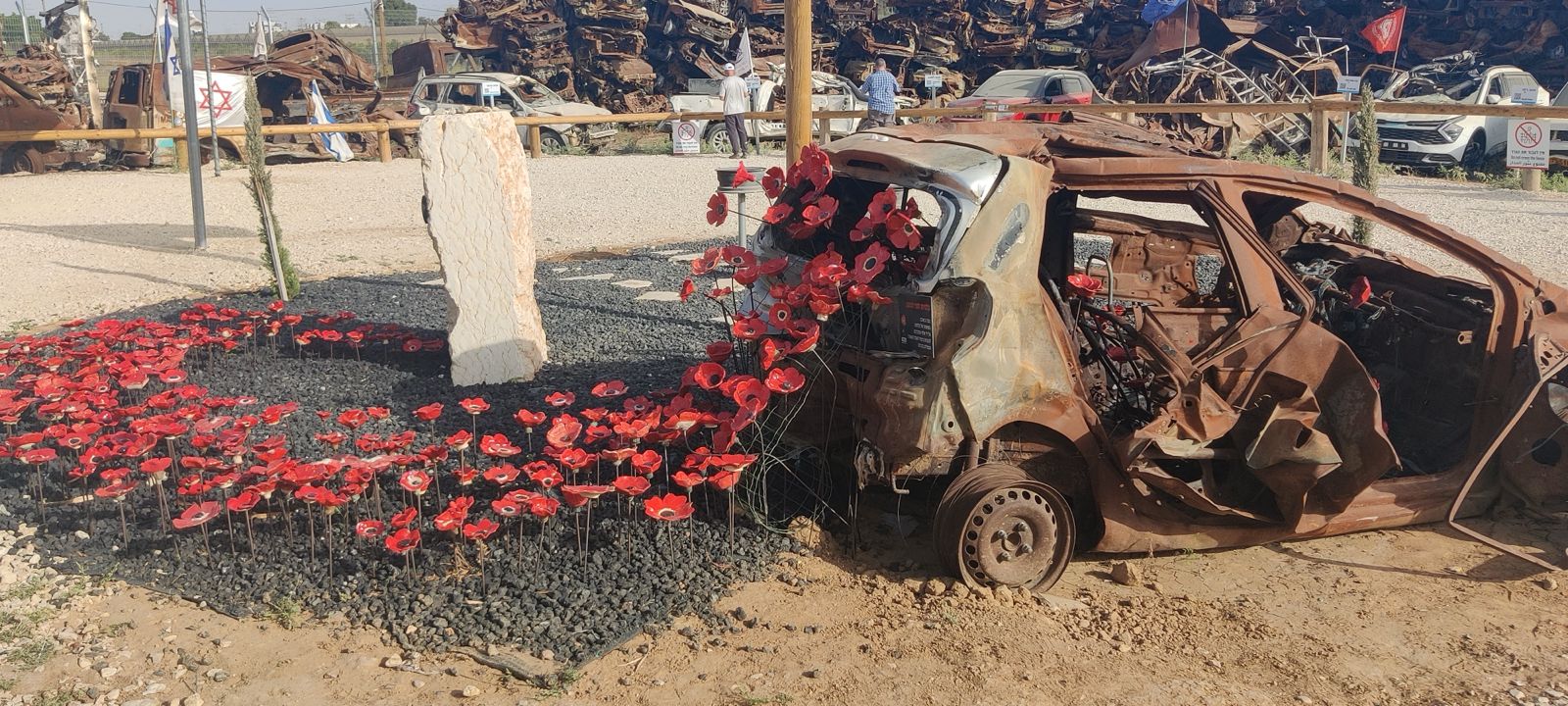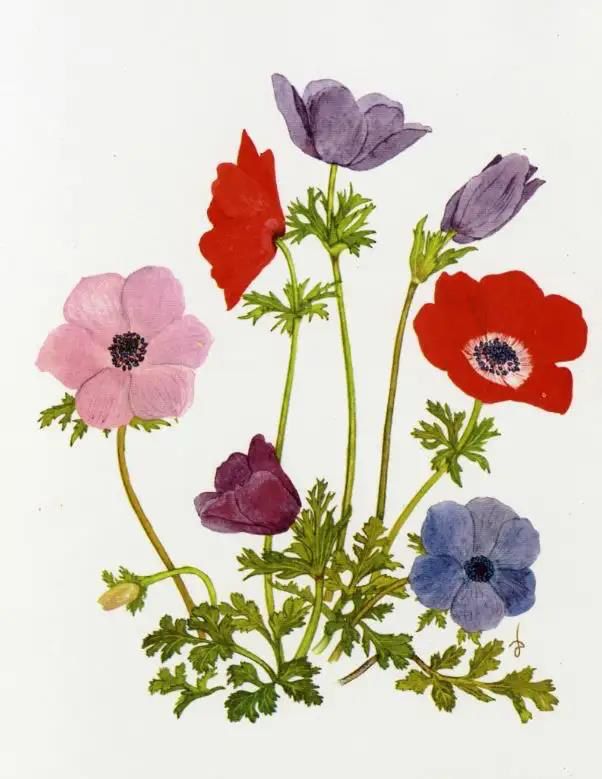The Kalanit - Israel’s national flower and a symbol of the land’s rich history

Every February, fields of anemones paint the Western Negev red creating stunning natural red carpets that transform the landscape. Known as "kalanit" in Hebrew, the anemone is from the buttercup family and is common throughout Israel.
The anemone has a large flower and an underground bulb. In winter, its flowers bloom and then the plant dries up in summer until the following year. The color of the flower ranges from purple and pink to blue, white, and bright red.
In the Western Negev, anemones bloom exclusively in red. Due to the region's low rainfall they are smaller than those found in the north. Yet in certain areas of the Western Negev, the flowers grow so densely they color the fields almost entirely red.
Over the last decade, residents of the region have organized a tourist festival called "Red South." The event invites families to come to the region and celebrate the spectacular anemone blooms alongside the community.
The festival aims to provide financial and moral support to residents suffering from over twenty years of rocket fire from Gaza.
Whether by coincidence or not, the warning code for an incoming missile is 'Red Color.' When a barrage of mortar bombs or rockets approaches, community speaker systems announce in a female voice: 'Red Color!' (Tzeva Adom).
At the sound of the alert, everyone knows they need to find a protected room (mamad) or bomb shelter within just 15 seconds. Now, imagine raising children in a place where a "Red Color" siren might sound multiple times daily, forcing you to get them to safety within 15 seconds.
For now, let's return to the red flowers. Every Israeli understands the connection between the "Red Color" and the "Red South" festival. In some years, rocket fire resulted in the cancellation of the festival while in others many families have taken part in the events and expressed their solidarity with the local communities.
Then came one of the darkest days in Israel’s history, Oct. 7, 2023. Thousands of Gazans and Hamas terrorists infiltrated almost all the communities close to the Gaza border - murdering more than a thousand people and kidnapping 251 people into Gaza. Following the shocking massacre, the "Iron Swords" War began in which the Israel Defense Forces (IDF) entered the Gaza Strip and destroyed large parts of it.
One of the most horrific parts of the massacre occurred at the Nova music festival site near Kibbutz Re'im. Terrorists brutally murdered 364 people there and kidnapped another 44.
Shortly after the atrocities, the families of the victims requested a memorial at the 'Nova' festival site to honor their children. They collaborated on several projects to commemorate the lives lost. One of these projects involved placing hundreds of red ceramic anemones at the site, created by volunteers. The red flowers symbolize the bloodshed of the many victims and are connected to the anemones that bloom at the site every February.

Some facts about the anemone include: Bees cannot see the red color, so they do not pollinate the red anemone. A beetle from the dung beetle family, which is among the few insects that can see red, is the main pollinator. In addition, the flowers open during daylight hours and close at sunset, thus serving as a hiding place for the beetle at night.
Although there is a clear distinction between the red anemone populations and the purple, pink, blue, and white ones, botanists consider them all to be one species, the crown anemone. There is no scientific explanation of why there are only red anemones in the Negev while in the north of the country, there are places where it is difficult to find any red flower among the other colors. One possible explanation is that the gene for the red color is linked to drought resistance.
The anemone flower also played an interesting role before the establishment of the State of Israel.
The song “Kalaniot” (Anemones) was written and composed in 1945, the year World War II ended. It was famously performed by Shoshana Damari, a young singer of Yemenite origin. The lyrics tell the story of a girl picking anemones in a field and bringing them to her mother. At the time, in the aftermath of World War II, the British Mandate's "White Paper" policy severely restricted Jewish immigration to Israel.

Jewish anger toward the British was intense despite their help in establishing a homeland for the Jews in the early period of the Mandate. At the end of 1945, the British Army positioned soldiers from the 6th Airborne Division in the country. Because of the red berets they wore, Jews nicknamed the British paratroopers "Kalaniot" mocking them. Children would defiantly sing the song "Kalaniot" to them when they met them on the street. The British Mandate issued a temporary injunction at the time to ban the song from being played on the radio.
Decades later, in 2013, a national referendum was held among Israelis to choose the national flower of Israel, and the anemone ("kalanit" in Hebrew) was chosen.

Ran Silberman is a certified tour guide in Israel, with a background of many years in the Israeli Hi-Tech industry. He loves to guide visitors who believe in the God of Israel and want to follow His footsteps in the Land of the Bible. Ran also loves to teach about Israeli nature that is spoken of in the Bible.














